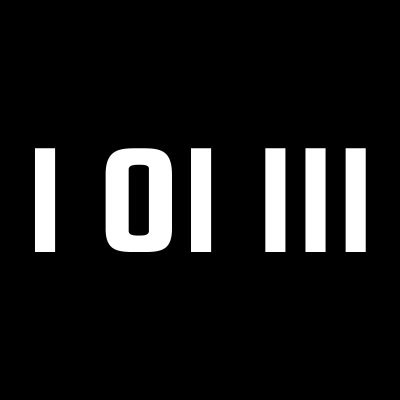

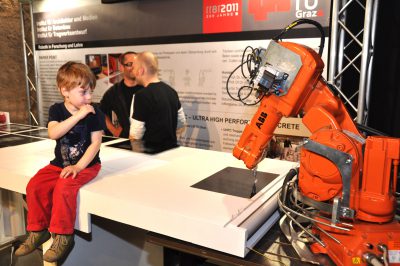
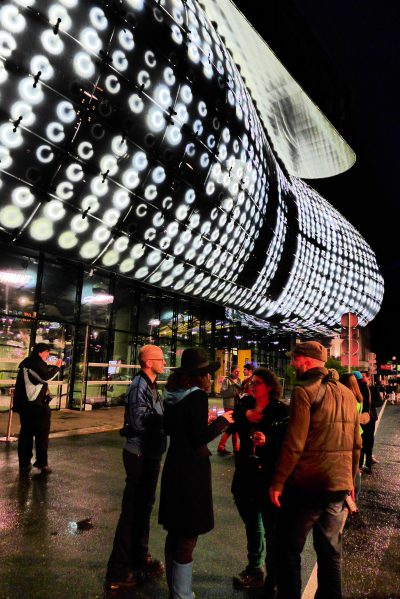

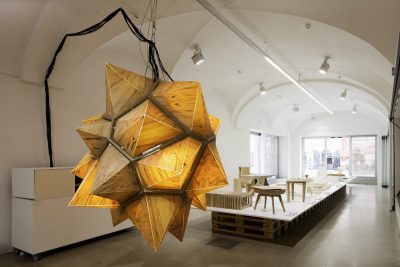
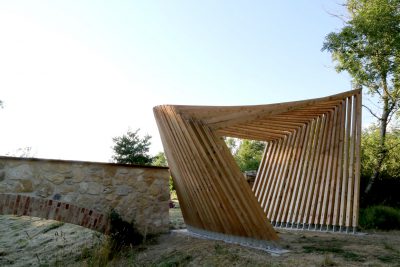
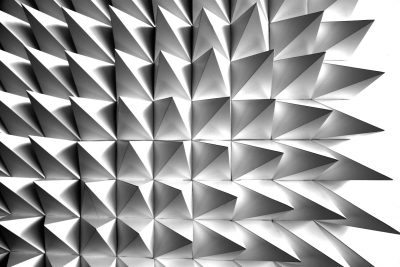

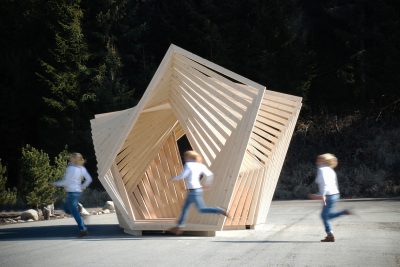
About
The Institute of Architecture and Media (IAM) at Graz University of Technology is dedicated to the research and application of digital media in architecture and design. The leitmotif of the institute is „Augmented Architecture“: we see digital media as expanding the very notion of architecture: how we design it, how we communicate about it, how we construct it, how we experience it. Our work is focused on these four areas:
- Computers as tools: architectural geometry, simulation, generative methods, parametric optimization, scripting – tools for architects to explore design.
- Computers as media: the networked world is opening up new ways to work together and new forms of collective creativity in architecture.
- Computers as part of construction: digital fabrication (CAD/CAM, rapid prototyping, robots etc.) are expanding our repertoire of building methods and forms.
- Computers as part of architecture: sensors, actuators, digital controls and interactive elements are becoming an ever more important part of our built environment.
There is great potential in all four areas. We believe that a playful-experimental, but at the same time well founded and critical attitude is necessary in exploring these new possibilities. In order to really gauge what a new technology or new fabrication method could mean for architecture, one needs to go to its limits, use it in unintended ways, play with it, own it. For this process of exploration it is essential not to be content with the role of mere user, but to adjust the new technology to one’s needs. Especially in design, where intuition and efficiency in dealing with complexity play an important role, it is essential to understand and control the tools one works with. For this in our experience a basic understanding of scripting, the “lingua franca” of digital media, is a prerequisite, which is why architecture students at TU Graz learn this already as part of their bachelor studies. The manyfold expansions of our discipline currenly opening up as “Augmented Architecture” should be a motivation to engage with these developments. It is more important than ever that we also design the way we design.

